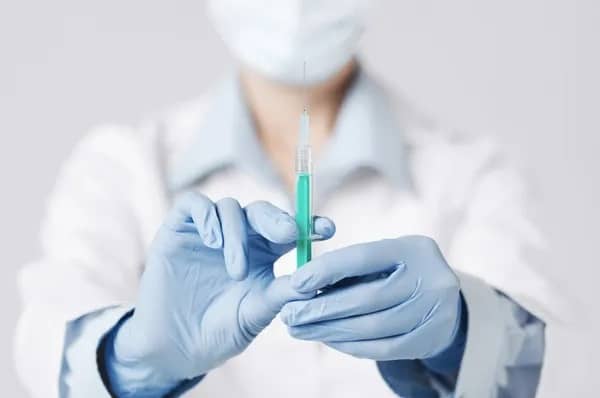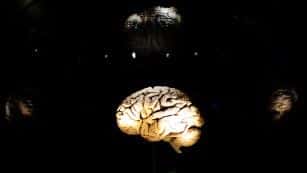Stem cell therapy for relapsing MS proves effective and safe, study finds

 Stem cell therapy for relapsing MS proves effective and safe, study finds
Stem cell therapy for relapsing MS proves effective and safe, study finds
(CNN)-An experimental stem cell therapy proved effective and safe in patients with a relapsing form of multiple sclerosis , an autoimmune disease that affects the central nervous system, new research finds.
A stem cell transplant using a lower-dose regimen of chemotherapy plus immune system suppressors is more effective at preventing disease progression compared to currently used disease-modifying therapies, according to the new study published Tuesday in the journal JAMA. (The stem cell treatment is known as “autologous hematopoietic stem cell transplantation” or HSCT.)
“I never use the word ‘cure’ — never,” said Dr. Richard K. Burt, lead author of the study and chief of Immunotherapy and Autoimmune Diseases at Northwestern University Feinberg School of Medicine in Chicago. However, only a minority of patients receiving HSCT relapse by the five year mark, he said. “The vast majority don’t.”
How does this experimental stem cell therapy work?
HSCT essentially reboots the immune system.
HSCT India“Out with the old, in with the new” is the goal, said Burt, adding that it is a “one-time treatment. You’re done, you’re off drugs.” First a patient’s blood stem cells are collected and then the patient is treated with chemotherapy drugs. Then, blood stem cells are returned to the patient to jump start the development of a new immune system.
In contrast, disease-modifying therapies work differently. These are a dozen or more drugs designed to be chronic, continuous treatment that targets and modulates the immune system. The new comparison study took place at medical centers in the US, UK, Sweden and Brazil, where 110 patients with relapsing-remitting MS participated in the randomized clinical trial, a gold standard medical test. Patients received either the HSCT protocol or a different class of disease-modifying therapy than they’d previously used.
HSCT proved to be the more effective treatment: Of 55 patients receiving HSCT, only three patients showed disease progression at one year, the study showed. Yet, 34 of 55 patients in the disease-modifying therapy group showed disease progression at one year. Disease progression was measured using the Expanded Disability Status Scale, a method for monitoring changes in symptoms over time.

Among the HSCT group, the proportion of patients with disease progression was (roughly) 2% up to two years, 5% at three years, and 10% at 4 and 5 years. Meanwhile, the proportion of patients with no evidence of disease — defined as no progression, no relapses, and no new or enlarging lesions on MRI scans — was (nearly) 98% at one year, 93% at two years, 90% at three years, and 78% at four and five years.
By contrast, almost one quarter of the patients in the disease-modifying therapy group showed disease progression at one year, more than half at two years, and just under three-quarters at five years. And the proportion of patients with no evidence of disease was (about) 40% at six months, 21% at one year and 3% by years four and five.

What are the side effects of HSCT?
Side effects of HSCT can include infertility, said Burt, who noted that women can choose to preserve their eggs before treatment. And some patients developed autoimmune thyroid disease, a treatable condition. He noted that the disease-modifying treatments also have side effects.

 Stem cell therapy for relapsing MS proves effective and safe, study finds
Stem cell therapy for relapsing MS proves effective and safe, study finds


